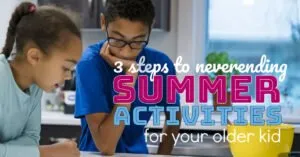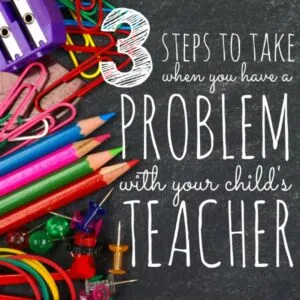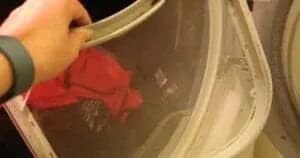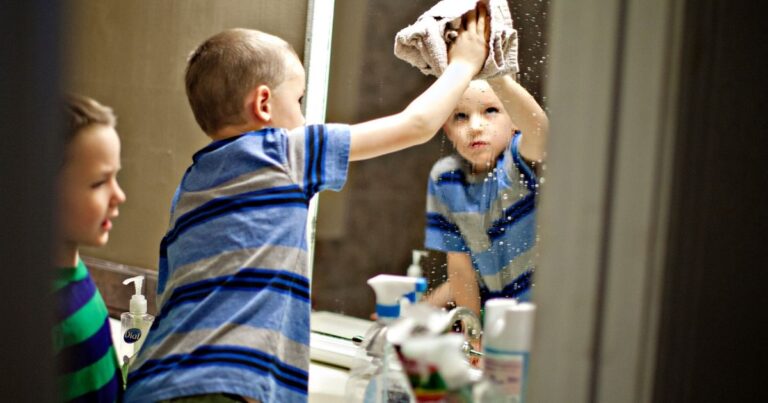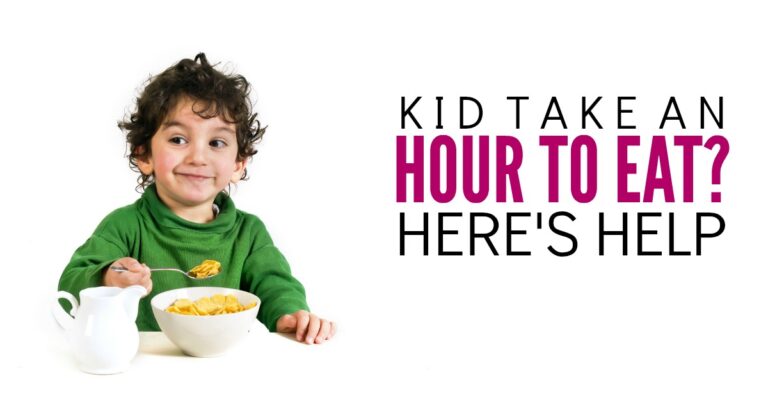3 Quick and Easy Steps to Get Your Family To Help Out More
We know how it feels. It’s been a long day and it feels like the responsibilities never end.
You ask the kids to help pick up the living room.
They say sure, but never get up from their video games.
You ask your husband if he can help wash the dishes. He says yes, but then wonders off after dinner leaving the dishes at the table.
You feel your blood pressure rise. Then it comes. You utterly lose it.
Suddenly everyone is running to your side and is willing to help!
But why does it have to come to that?
How do you get your family to help out with cleaning and everything else at home without losing it?
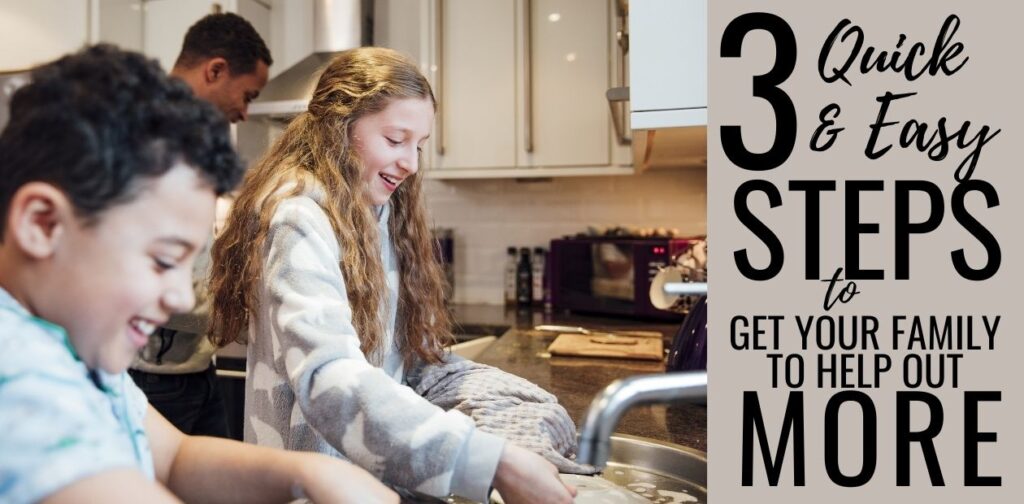
Well… it boils down to a three step process: Identifying your upper limit problem, Having a Family Meeting and Accountability.
1. The Upper Limit Problem
Gay Hendricks, who wrote The Big Leap, talks about the upper limit problem that people have where human beings are only accustomed to certain levels of happiness as certain levels of like relationship fulfillment and certain levels of success so that when we surpass those levels, our brain unconsciously tries to bring us back down to something where we feel a little more comfortable.
It sucks. It feels like your body can’t just let you relax. You jump up to do something at the moment someone needs it.
Stop!
Remember the No Guilt Mom Mindset: Showing love for my family doesn’t mean I do everything.
READ: 5 Ways to Say “No” Without The Guilt
2. Family Meeting
Family Meetings are an amazing tool for every family to have!
When it comes to getting people to do more and help out more around the house, you need their buy in. And you can get it at a family meeting.
Trying to get chores done around the house? Have everyone help make a list of all the chores that need to be done regularly in the house. Then start asking which chores everyone is willing to take on. In our house, we found doing a round robin approach worked well, everyone had a turn to pick a chore and then it repeated until all the chores were crossed off.
READ: Juggling all the B.A.L.L.S.
This way no one feels like they have everything on their shoulders and everyone has a chance to have some say in what household tasks they are responsible to do.
3. Accountability
A great way to do this is using a strategy called “Noticing” from the No Drama Discipline book by Dr. Dan Siegel and Tina Paine Bryson. “Noticing” is when you just notice things that haven’t been done in the house or that have been so it can have a positive spin on it.
For instance, if one of your kids has the chore of feeding the dogs, you could say “I noticed the
dogs look hungry” or “Oh, I noticed the dogs are staring at you panting”. These are just things that would be cues that they need to be fed.
Another great strategy is just let them figure it out.I promise the world will not come to a crashing halt if things aren’t done perfectly. And…chances are very good that the more your kids get to use their problem solving skills, the easier it will be for them to figure out how to solve problems. Even if the problem is how to load the dishwasher.
If noticing has not worked,
if letting them struggle hasn’t worked,
then it is time to let them know your feelings with an “I statement”.
With “I statements”, you should start with how you feel and then say the objective thing that happens. It’s best to describe this in a way like an outside observer would.
So for instance, I might say to my son “I feel sad, when you go to bed and don’t unload the dishwasher.”
Now that you know the 3 quick and easy steps to get your family to help out more at home, enjoy some of that newly found free time to catch up on my favorite guilty pleasure… Bridgerton.
READ: How to Stop the Homework Battle Even If Your Kid Outright Refuses to Do the Work
Resources We Shared:
Podcast featuring Jessica Lahey
The best mom is a happy mom. To better take care of you, download our No Guilt Mom mindset here . These reminders will help you second guess less, and feel more confidence every day in your parenting.












